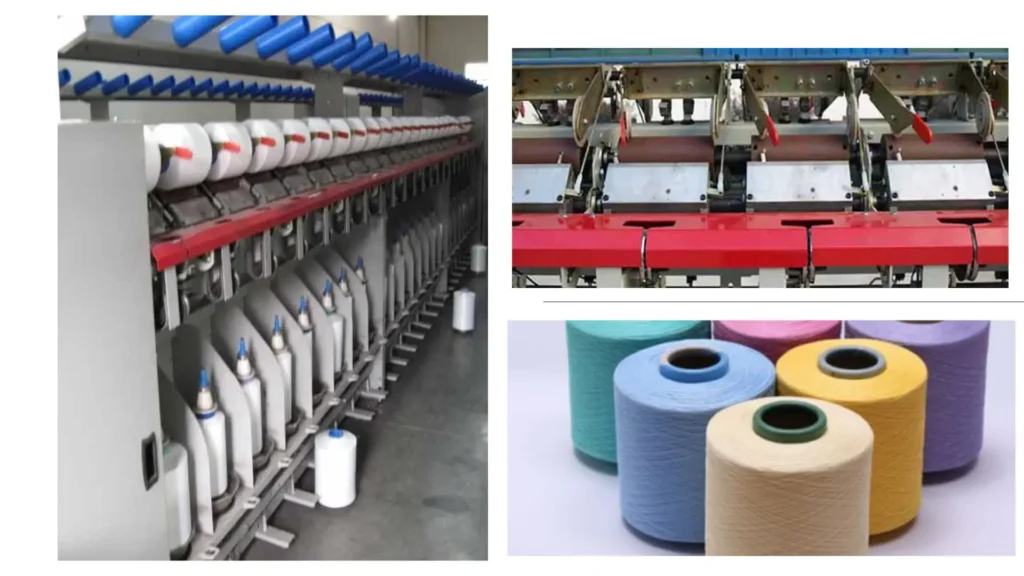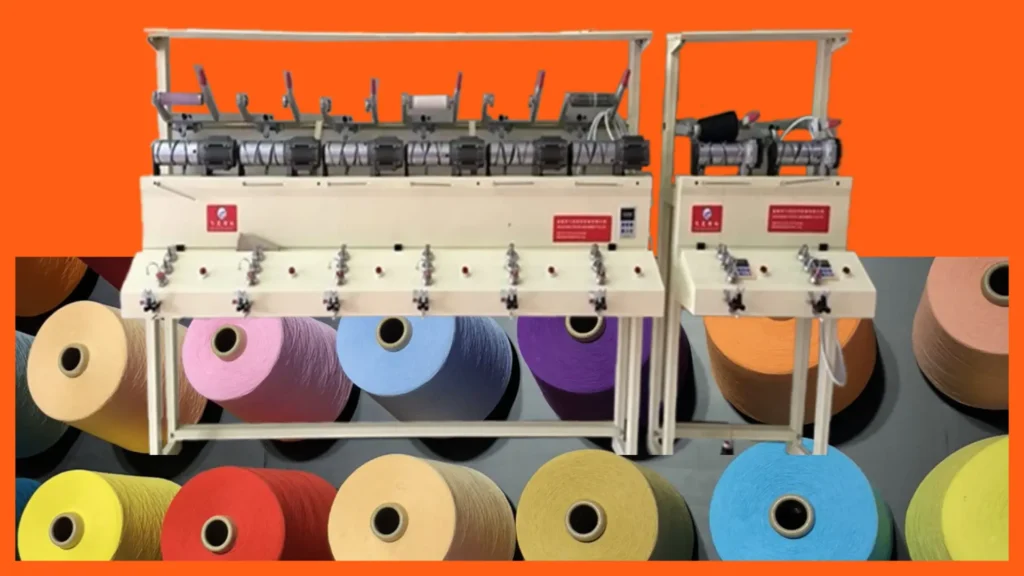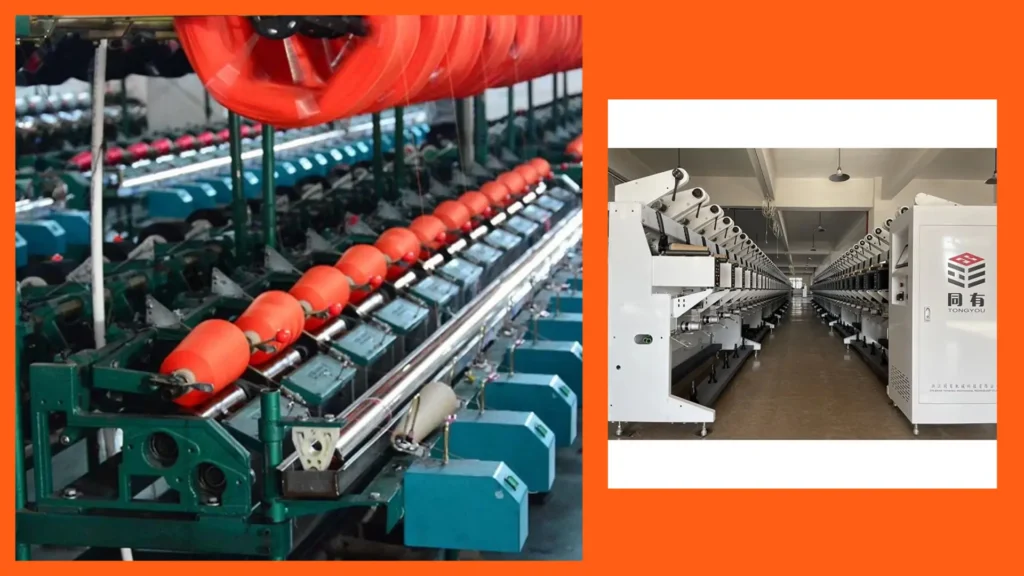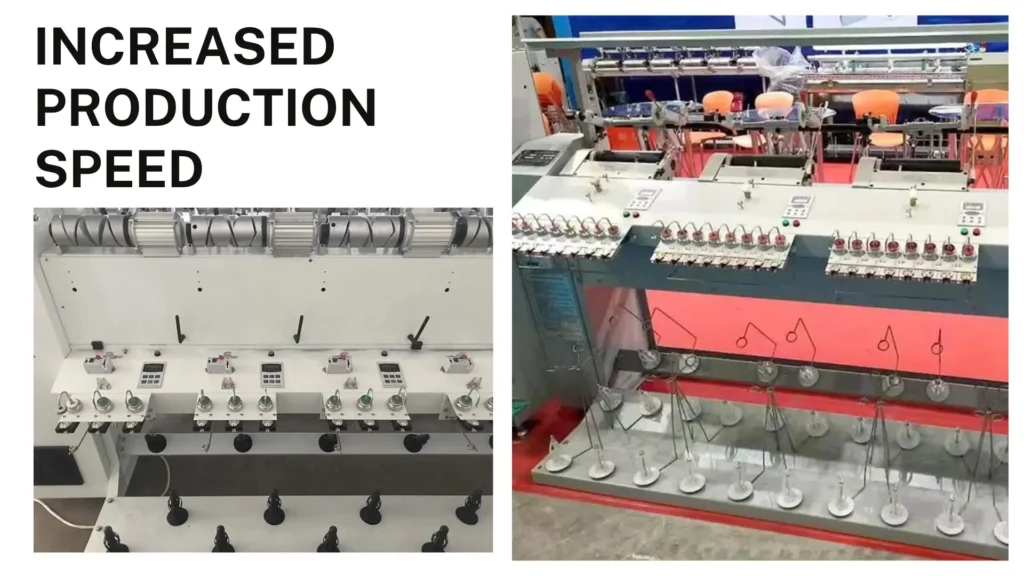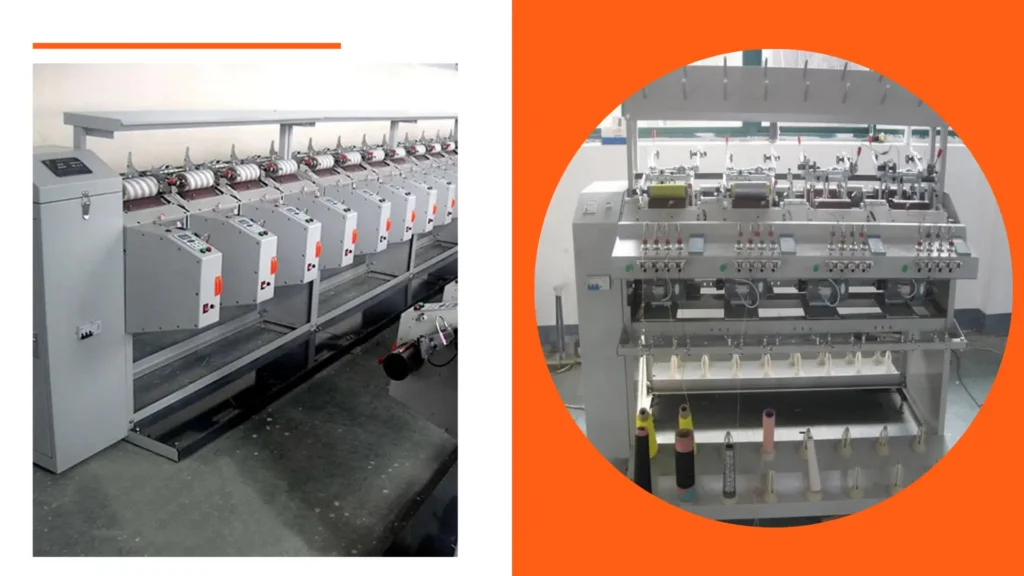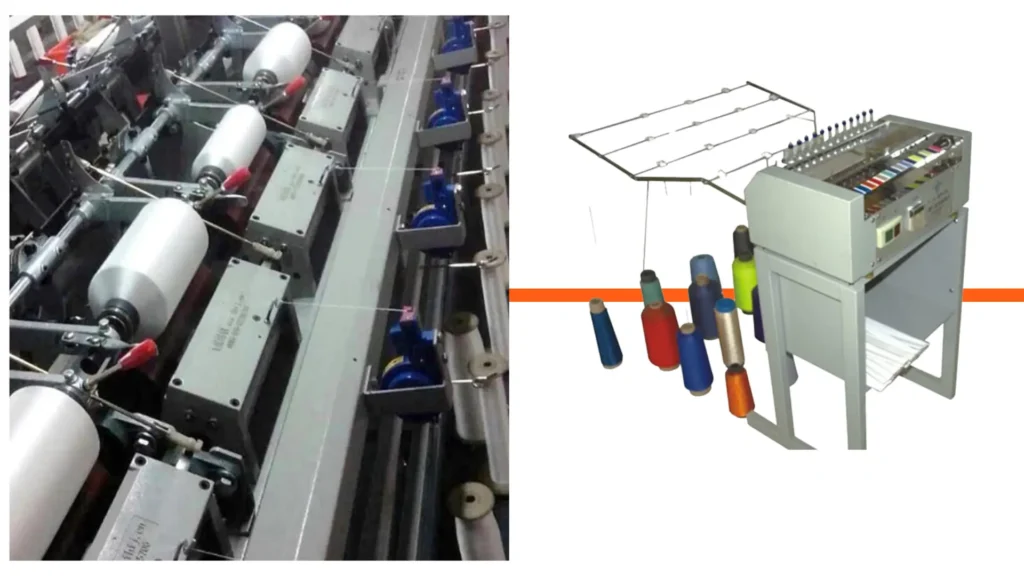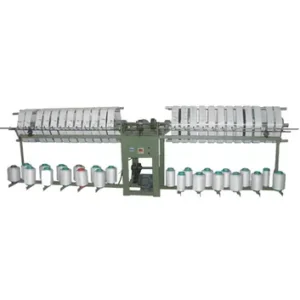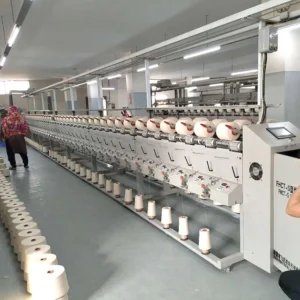In an age where sustainability has become a top priority across industries, the textile world is undergoing a significant transformation.
The demand for eco – friendly alternatives is on the rise, and plant – based dyes offer a promising solution for creating sustainable fabrics.
These dyes, sourced from nature’s bountiful resources, not only add vibrant colors to textiles but also come with numerous environmental and social benefits.
This article aims to introduce potential buyers to the world of plant – based dyes, explaining what they are, how they work, and why they are an excellent choice for sustainable fabric production.
What Are Plant – Based Dyes?
Natural Origins
Plant – based dyes are derived from various parts of plants, including leaves, roots, flowers, fruits, and bark.
For instance, indigo, a well – known plant – based dye, comes from the indigofera plant and has been used for centuries to produce rich blue hues.
Turmeric, with its bright yellow pigment from the root, and madder, which provides red shades from its roots, are other common examples.
These natural sources offer a wide array of colors that can be harnessed for fabric dyeing.
Extraction Methods
There are several methods used to extract dyes from plants. One common approach is boiling, where the plant material is simmered in water to release the pigments.
Another method is soaking, where the plant parts are left in a liquid, often water or an alcohol – based solution, for an extended period to draw out the color.
Some extraction processes may also involve crushing or grinding the plant material to increase the surface area for better pigment release.
Composition and Properties
Plant – based dyes are composed of natural compounds such as flavonoids, anthraquinones, and carotenoids, which are responsible for their colors.
These dyes typically have unique properties compared to synthetic counterparts.
They are often biodegradable, non – toxic, and may even have antibacterial or antioxidant properties in some cases, adding additional value to the dyed fabrics.
Why Choose Plant – Based Dyes for Sustainable Fabrics?
Environmental Friendliness
Plant – based dyes have a significantly lower environmental impact compared to synthetic dyes.
They do not contain harmful chemicals like heavy metals, formaldehyde, or synthetic additives that can pollute water sources and harm ecosystems.
When the dyed fabric eventually decomposes, plant – based dyes break down naturally, reducing the long – term environmental burden.
Promoting Biodiversity
The cultivation of plants for dye production can contribute to biodiversity.
Many dye – yielding plants are native species, and growing them supports local ecosystems.
The use of plant – based dyes encourages sustainable farming practices, such as crop rotation and organic cultivation, which help maintain healthy soil and diverse habitats for wildlife.
Social and Cultural Benefits
Plant – based dyeing often has strong cultural roots. Traditional dyeing techniques using plants have been passed down through generations in many cultures.
By reviving and promoting these practices, the use of plant – based dyes helps preserve cultural heritage.
It also provides economic opportunities for local communities, especially in rural areas, where people can engage in plant cultivation, dye extraction, and fabric dyeing.
How Do Plant – Based Dyes Compare to Synthetic Dyes?
Color Range and Consistency
While synthetic dyes offer a vast and highly consistent color range, plant – based dyes have come a long way in expanding their palette.
Modern techniques and the discovery of new plant sources have increased the variety of colors available.
However, plant – based dyes may have more subtle color variations between batches due to factors like the plant’s growing conditions, extraction methods, and the type of fabric being dyed.
Colorfastness
Colorfastness, the ability of a dye to resist fading, is an area where synthetic dyes have traditionally had an advantage.
Plant – based dyes can sometimes be less colorfast, especially when exposed to sunlight, washing, or friction.
But with the use of mordants, which are substances that help bind the dye to the fabric, and proper after – treatment processes, the colorfastness of plant – based dyes can be significantly improved.
Cost and Availability
Synthetic dyes are often mass – produced, making them relatively inexpensive and widely available.
In contrast, plant – based dyes can be more costly due to factors like the limited supply of certain dye – yielding plants, the labor – intensive extraction process, and the smaller scale of production.
However, as the demand for sustainable products grows, the cost of plant – based dyes is expected to become more competitive.
What Are the Challenges in Using Plant – Based Dyes?
Limited Color Intensity
Some plant – based dyes may produce less intense colors compared to synthetic dyes.
Achieving deep, saturated hues can be challenging, especially with certain plant sources.
This limitation requires more experimentation with dyeing techniques, the amount of plant material used, and the combination of different dyes to create desired color intensities.
Seasonal and Regional Availability
The availability of plant – based dyes is often influenced by seasons and regions.
Some dye – yielding plants are only available during specific times of the year, and their growth may be limited to certain climates.
This can pose challenges for consistent fabric production, as it may be difficult to source the same plant materials year – round.
Scalability for Large – Scale Production
Scaling up plant – based dye production for large – scale fabric manufacturing is a significant hurdle.
The extraction and dyeing processes are often more labor – intensive and time – consuming compared to synthetic dyeing methods.
Developing efficient and cost – effective large – scale production techniques for plant – based dyes is an ongoing area of research and innovation.
How Can You Enhance the Performance of Plant – Based Dyes?
Using Mordants
Mordants play a crucial role in improving the performance of plant – based dyes.
Substances like alum, iron salts, and tannins can be used to help the dye molecules bond more strongly with the fabric fibers.
This not only enhances colorfastness but also can modify the color of the dye, creating a wider range of shades.
Dyeing Techniques and Recipes
Experimenting with different dyeing techniques, such as pre – mordanting, post – mordanting, and double – dyeing, can significantly impact the final result.
Developing specific dyeing recipes that consider factors like the type of plant material, fabric, and mordant ratio can help achieve more consistent and desirable colors.
Fabric Pretreatment
Properly preparing the fabric before dyeing is essential. Pretreatment processes, such as scouring (cleaning the fabric to remove impurities), bleaching (if necessary), and conditioning, can improve the fabric’s ability to absorb the dye and enhance the overall color quality and fastness.
What Are the Applications of Plant – Based Dyes in Fabrics?
Fashion and Apparel
The fashion industry is increasingly embracing plant – based dyes. Designers are using these dyes to create unique, eco – friendly clothing lines.
From casual wear to high – end fashion, plant – based dyed fabrics offer a natural and sustainable alternative, appealing to consumers who prioritize environmental and ethical considerations in their purchases.
Home Textiles
Plant – based dyes are also suitable for home textiles such as curtains, bed linens, and upholstery.
These dyes can add a touch of nature’s beauty to interior spaces while ensuring that the textiles are free from harmful chemicals, making them safe for household use.
Art and Craft Projects
In the realm of art and craft, plant – based dyes provide artists and crafters with a sustainable medium.
Whether it’s hand – dyed scarves, painted fabrics, or textile art pieces, plant – based dyes offer a creative and environmentally friendly way to add color and texture.
How Does the Future Look for Plant – Based Dyes?
Research and Innovation
Ongoing research is focused on discovering new plant sources for dyes, improving extraction methods, and enhancing colorfastness.
Scientists and researchers are also exploring ways to make plant – based dye production more efficient and scalable, which will likely expand the range of applications and make these dyes more accessible in the future.
Growing Market Demand
As consumer awareness of sustainability increases, the demand for plant – based dyed fabrics is expected to grow.
This growing market will encourage more textile manufacturers and brands to adopt plant – based dyes, driving further innovation and development in the field.
Policy and Certification Support
Governments and industry organizations are starting to recognize the importance of sustainable dyeing practices.
The development of policies and certification systems that promote the use of plant – based dyes can provide more incentives for businesses to switch from synthetic dyes, further accelerating the growth of this sustainable sector.
And More:
- The Role of Natural Dyes in Sustainable Textile Manufacturing
- Innovative Eco-Dyeing Methods for Sustainable Fashion
- Progress in Environmentally Conscious Dyeing Techniques for Textile Production
Conclusion
Plant – based dyes offer a sustainable and environmentally friendly option for fabric production.
Despite the challenges they face, their numerous benefits in terms of environmental protection, cultural preservation, and social development make them a valuable choice.
As research progresses and market demand continues to rise, plant – based dyes are set to play an increasingly significant role in the creation of sustainable fabrics.
For potential buyers interested in making eco – conscious choices, exploring plant – based dyes opens up a world of possibilities for beautiful, sustainable textiles.

